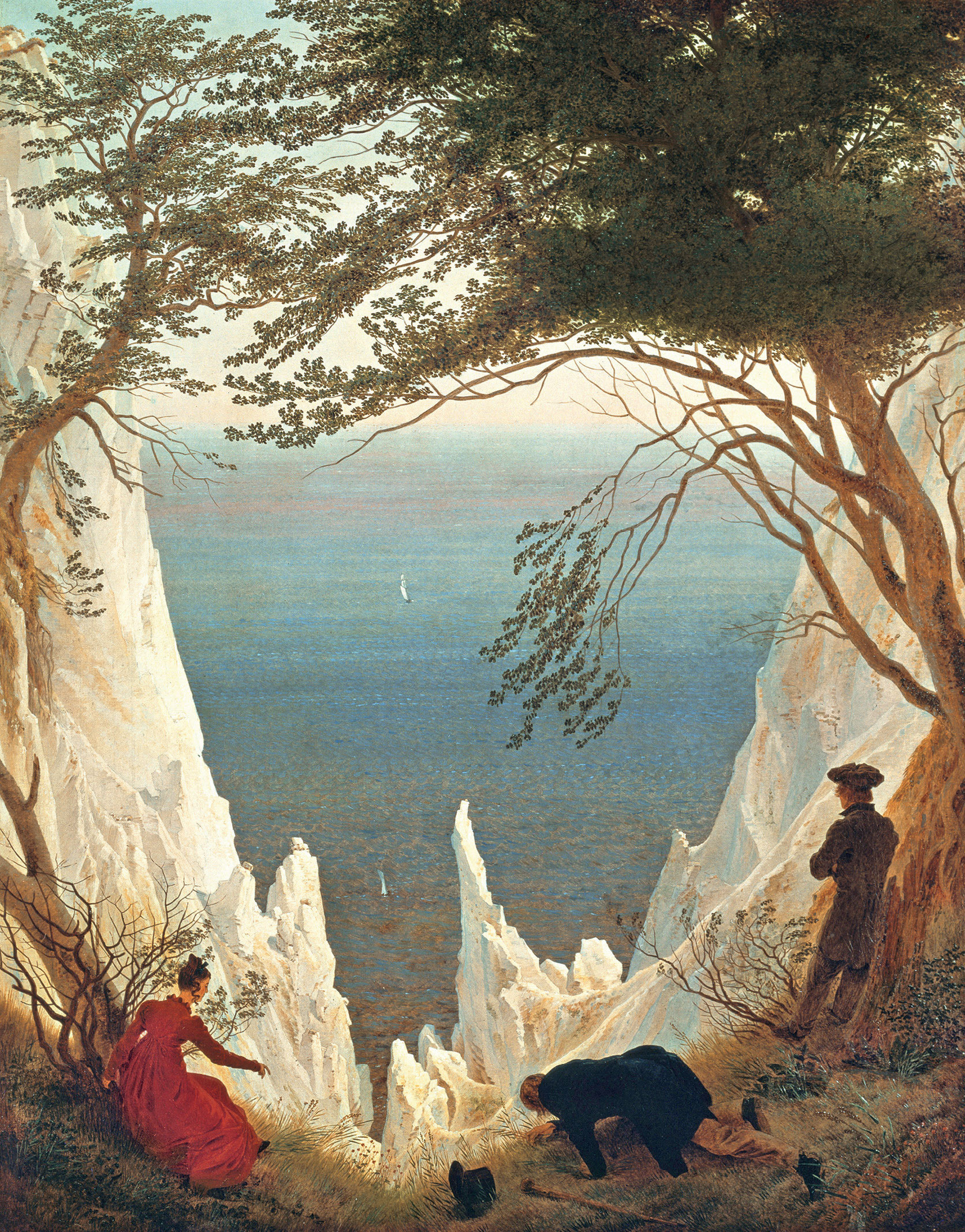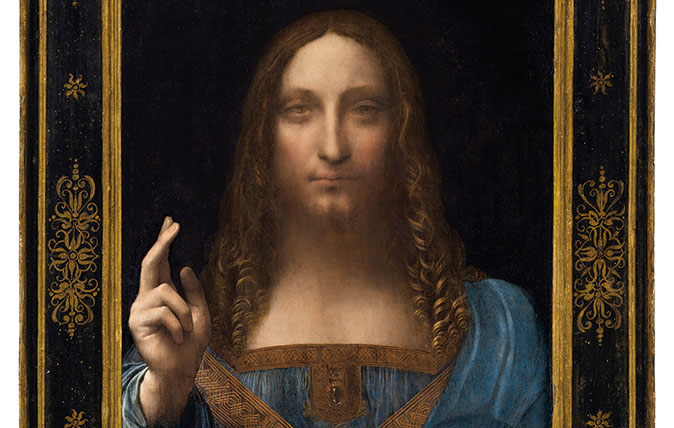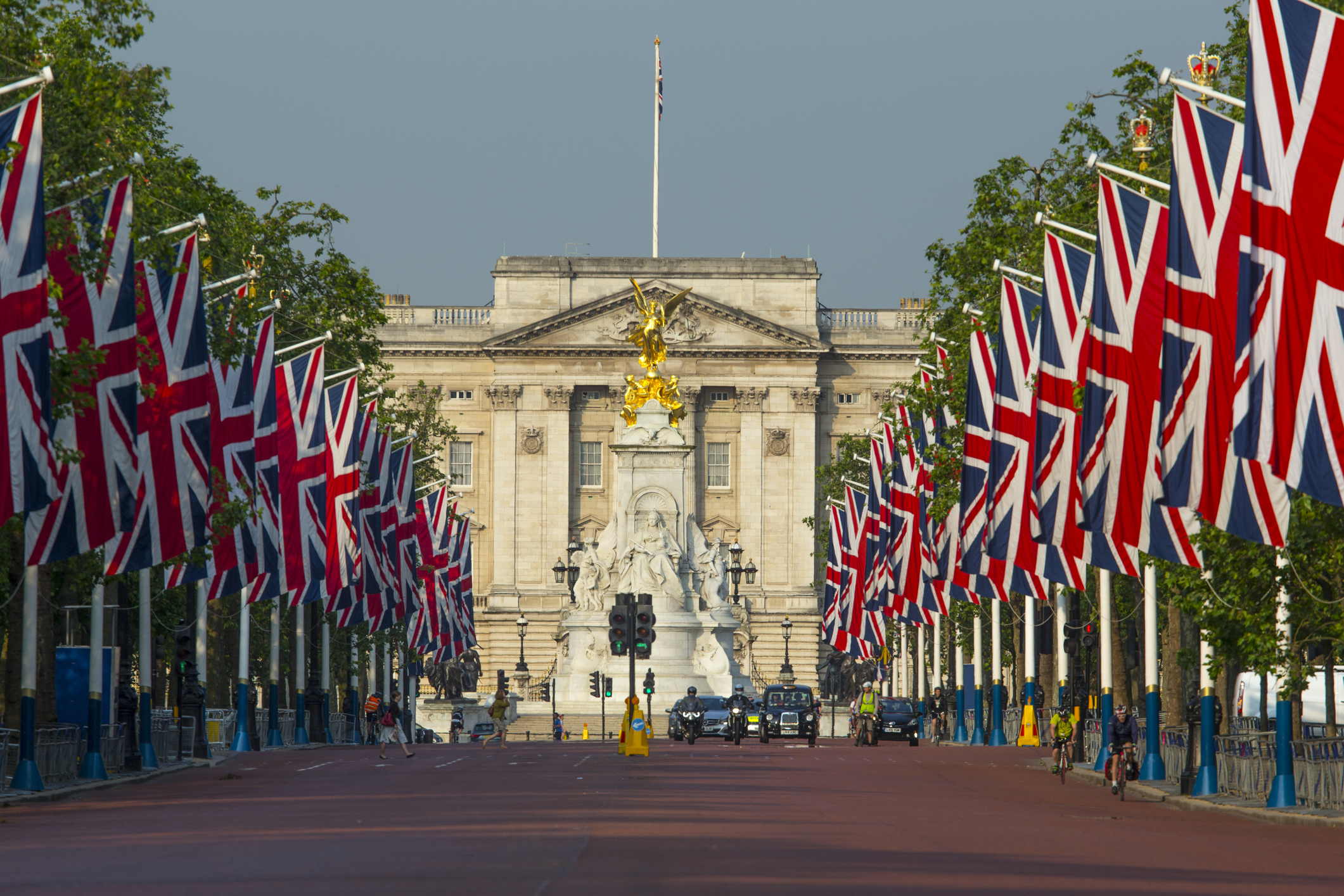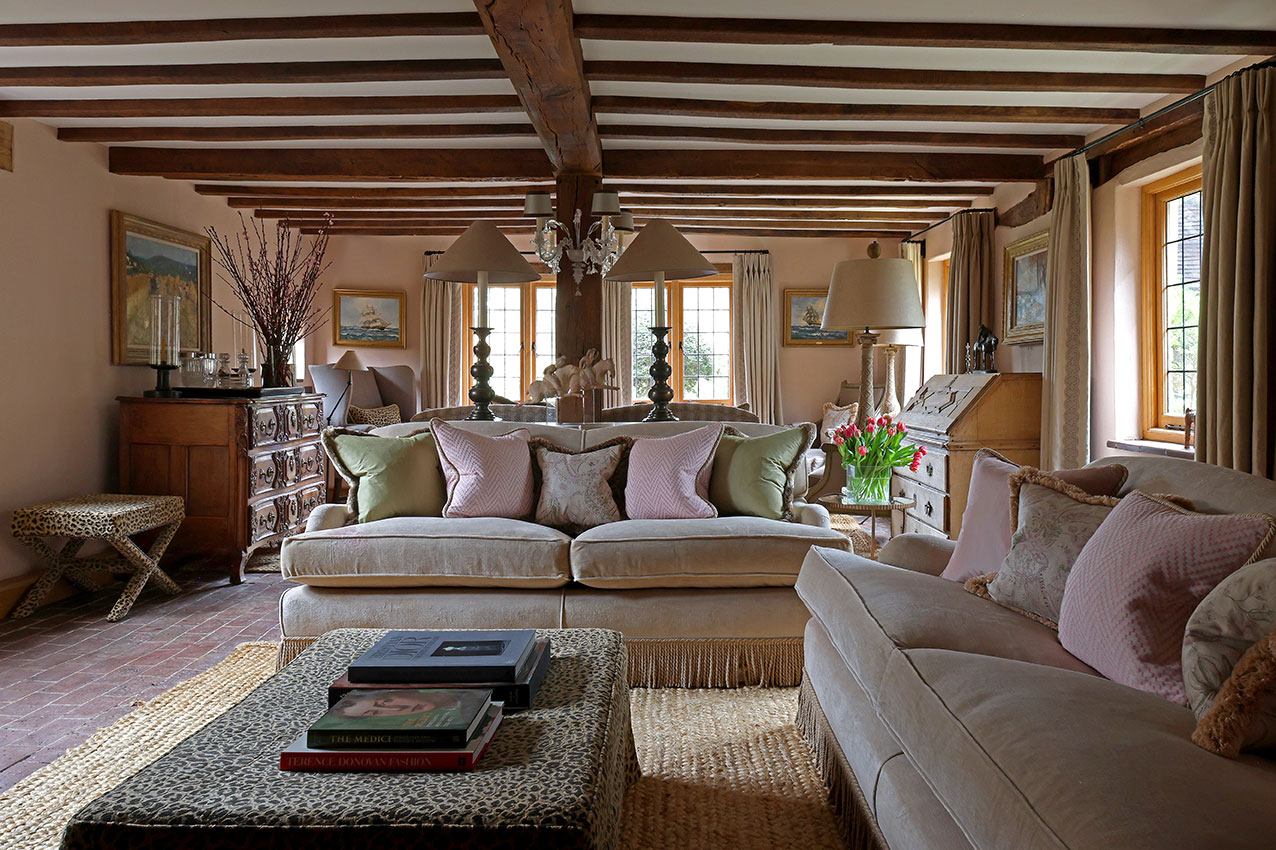My favourite painting: The Duke of Buccleuch
The Duke of Buccleuch's art collection includes works by Thomas Gainsborough and other household names, but he chooses a piece from a more obscure painter.


The Duke of Buccleuch chooses Chalk Cliffs on Rügen by Caspar David Friedrich
‘I love this engagingly beautiful antidote to dark, damp winter nights, with its sunlit glare from the chalk cliffs, which frame a view as if to infinity over the Baltic. I love its mystery.
‘Two spectators, backs turned, risk their lives on the precipice edge in unexplained, but animated search, as their companion, arms crossed, absorbs the flickering, ephemeral tones of ocean merging into sky and two tiny, distant sailboats, stands motionless, remote.
‘Is he, to quote a contemporary Romantic poet, “feeling himself into Nature”, grappling with the sense of the unfathomable and the spiritual that lies here and at the heart of all his magical paintings? This picture makes me long to shadow him as a silent companion in his quest.’
The Duke of Buccleuch is a trustee of the Royal Collection Trust and president of the Georgian Group. The Buccleuch art collection includes works by Thomas Gainsborough, Anthony van Dyck and Claude Lorrain.
Charlotte Mullins comments on Chalk Cliffs on Rügen
Caspar David Friedrich was born in Greifswald, a town on the Baltic Sea in what is now Germany. Throughout his life, he visited Rügen, a large island a few miles to the north that is famed for its soaring chalk cliffs. This painting was based on a visit in 1818 with his young wife, Caroline, as part of their honeymoon.
Friedrich believed the Divine was present in everything, from the blades of grass fringing a cliff edge to the infinite seas. In his works, he often provided a figure with their back to the viewer, an anonymous character into whose shoes you could step to contemplate the sublime landscape for yourself. Chalk Cliffs was painted at a similar time to Friedrich’s celebrated Wanderer above a Sea of Fog and the wanderer returns here, leaning against a tree and gazing out to sea. The boats below are reduced to tiny triangles and the white cliffs suck you in and down as if you are falling into an abyss.
It’s tempting to see the two trees and the figures under them as Caspar and Caroline. The trees curve around to touch like hands across a divide. But if this pair symbolises the honeymooners, then what of the third man, crawling on his hands and knees to examine the grass? Perhaps this is also Friedrich. The two men represent a double portrait, showing Friedrich’s fascination with the terrifying power of Nature, as well as his desire to represent life as accurately as possible.

Dukes and their dogs: Why Britain's aristocracy are just as mad about their canine friends as the rest of us
Stylish canines have long been a duke's or duchess's best friend, as Matthew Denison found out.

Credit: Leonardo da Vinci
The awkward questions that still need answering about Da Vinci's $450m Salvator Mundi
The dust has now settled following the $450 million sale of Leonardo Da Vinci’s Salvator Mundi. But there are still
Sign up for the Country Life Newsletter
Exquisite houses, the beauty of Nature, and how to get the most from your life, straight to your inbox.

Charlotte Mullins is an art critic, writer and broadcaster. Her latest book, The Art Isles: A 15,000 year story of art in the British Isles, will be published by Yale University Press in October 2025.
-
 'As a child I wanted to snuggle up with the dogs and be part of it': Alexia Robinson chooses her favourite painting
'As a child I wanted to snuggle up with the dogs and be part of it': Alexia Robinson chooses her favourite paintingAlexia Robinson, founder of Love British Food, chooses an Edwin Landseer classic.
By Charlotte Mullins
-
 The Pre-Raphaelite painter who swapped 'willowy, nubile women' for stained glass — and created some of the best examples in Britain
The Pre-Raphaelite painter who swapped 'willowy, nubile women' for stained glass — and created some of the best examples in BritainThe painter Edward Burne-Jones turned from paint to glass for much of his career. James Hughes, director of the Victorian Society, chooses a glass masterpiece by Burne-Jones as his favourite 'painting'.
By Charlotte Mullins
-
 'I can’t look away. I’m captivated': The painter who takes years over each portrait, with the only guarantee being that it won't look like the subject
'I can’t look away. I’m captivated': The painter who takes years over each portrait, with the only guarantee being that it won't look like the subjectFor Country Life's My Favourite Painting slot, the writer Emily Howes chooses a work by a daring and challenging artist: Frank Auerbach.
By Toby Keel
-
 My Favourite Painting: Rob Houchen
My Favourite Painting: Rob HouchenThe actor Rob Houchen chooses a bold and challenging Egon Schiele work.
By Charlotte Mullins
-
 My Favourite Painting: Jeremy Clarkson
My Favourite Painting: Jeremy Clarkson'That's why this is my favourite painting. Because it invites you to imagine'
By Charlotte Mullins
-
 The chair of the National Gallery names his favourite from among the 2,300 masterpieces — and it will come as a bit of a shock
The chair of the National Gallery names his favourite from among the 2,300 masterpieces — and it will come as a bit of a shockAs the National Gallery turns 200, the chair of its board of trustees, John Booth, chooses his favourite painting.
By Toby Keel
-
 'A wonderful reminder of what the countryside could and should be': The 200-year-old watercolour of a world fast disappearing
'A wonderful reminder of what the countryside could and should be': The 200-year-old watercolour of a world fast disappearingChristopher Price of the Rare Breed Survival Trust on the bucolic beauty of The Magic Apple Tree by Samuel Palmer, which he nominates as his favourite painting.
By Charlotte Mullins
-
 My favourite painting: Andrew Graham-Dixon
My favourite painting: Andrew Graham-Dixon'Lesson Number One: it’s the pictures that baffle and tantalise you that stay in the mind forever .'
By Country Life

